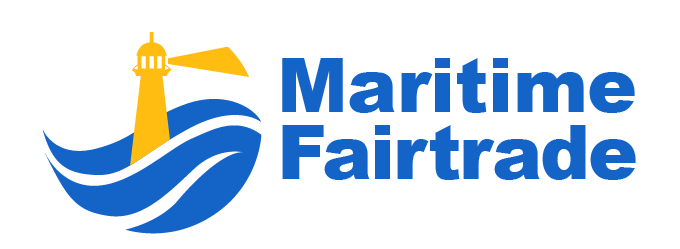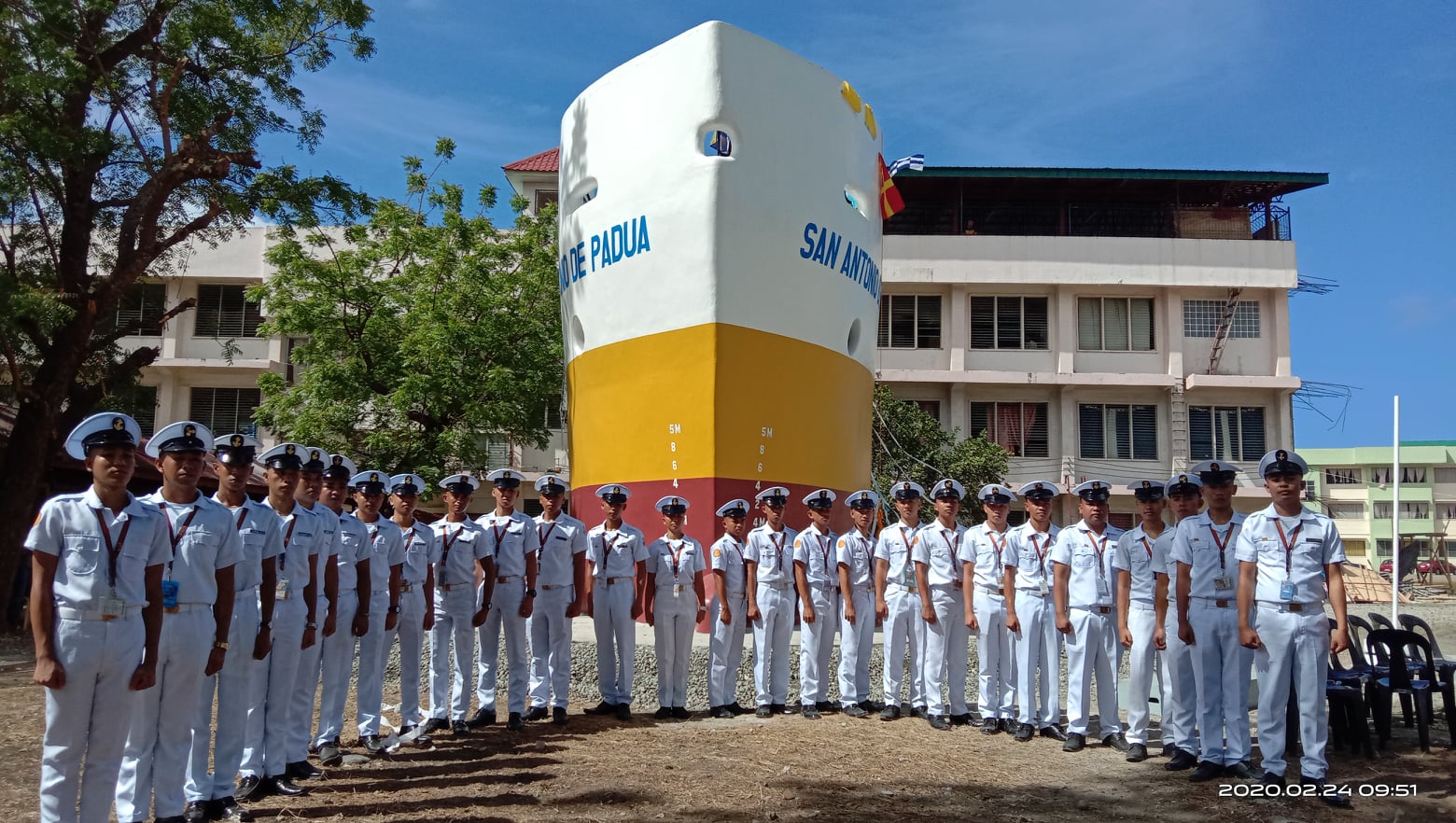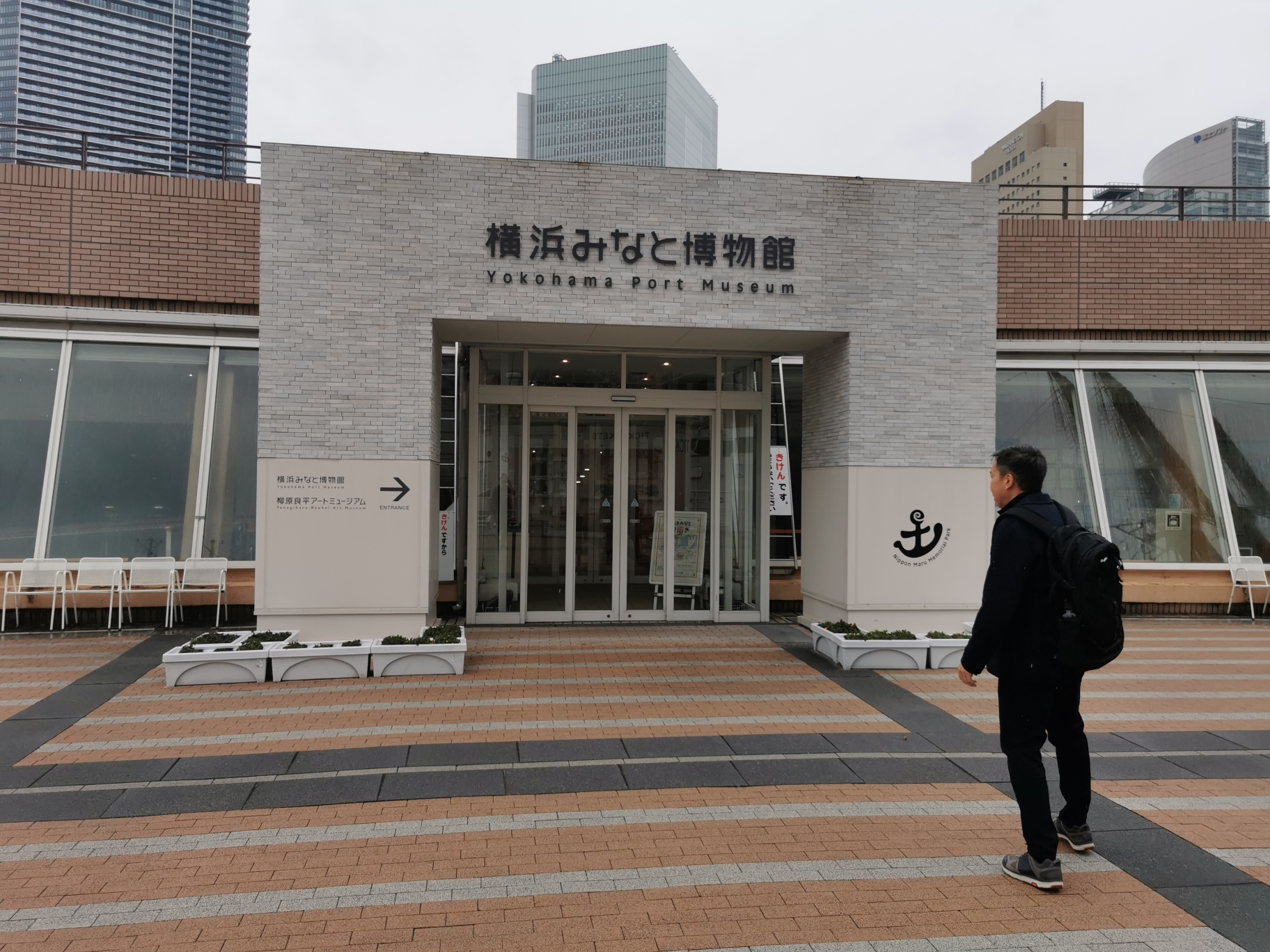The pivot in the classification of vessels is acute. This is sprung by the juggernaut of innovation and sustainability required in the longevity of the maritime industry. This fundamental crux of maritime operations is evolving to be the open door to transformation, aiming to drive environmentally-friendly businesses.
How so? The shift in vessel classification is advancing eco-friendly designs, propulsion systems, and alternative fuels which reduce emissions and enhance energy efficiency in the maritime industry. It has proven to be an effective approach thus far only because the shifts adapt to new and emerging trends, such as the development of autonomous vessels and the integration of green technologies.
To realize its full potential, technological integration within vessel classification, such as AI, IoT, and data analytics, is optimizing classification processes to enhance efficiency and reliability.
To delve deeper into vessel classification, Maritime Fairtrade spoke with Denzal Hargreaves, vice president and area manager of South East Asia and India Subcontinent at DNV Singapore.

Denzal Hargreaves, vice president and area manager, South East Asia and India Subcontinent, DNV Singapore. Photo credit: DNV Singapore
“The evolution happening in the maritime industry in connection with decarbonization and digitalization brings many new challenges, with numerous uncertainties and new risks,” he began. With that comes stressors and pressures for future-oriented innovation and sustainability to achieve net-zero, mainly “innovative vessel designs and technology to reduce carbon emissions from vessels.”
“Classification is an important partner to manage the risks and support the industry through a safe and sustainable transformation,” Hargreaves said, “while providing independent assurance to all stakeholders across the value chain.” This creates a more interconnected approach to safety, and has to be adopted to account for human, organization and technological demands.
Hargreaves added that as new technologies and alternative fuels emerge, Classification Societies facilitate their safe integration.
“For us, we evaluate novel solutions, striking a balance between innovation and risk management, through Approvals in Principle (AiP) and our Technology Qualification Process.”
This due diligence is vital because vessel classification has evolved over the years as regulations get increasingly complicated and challenging. Furthermore, “the advancements made in digitalization and new technologies is a key enabler of the current evolution seen in vessel classification to support the needs and demands of today.”
One of the most impactful improvements has been the implementation of digital certificates, Hargreaves elaborated. According to him, this has paved the way for remote surveys and digital services when applicable. “Digital Certificates, remote surveys and digital services will continue to be enhanced as vessel technology and operations are developed, noting the ongoing projects for autonomous ships.”
This progress in vessel classification promises to enhance eco-friendly designs, propulsion systems, and energy-efficiency of alternative fuels. To capitalize and maximize the benefits of the new shift in classification, Hargreaves said that it is instrumental to understand the current fleet profile and accordingly develop a decarbonization plan.
“Maritime players must take these four aspects into consideration: logistics and digitalization (e.g., speed reductions, alternative routes, vessel size); hydrodynamics (e.g., hull cleaning and coating, hull-form, air lubrication); machinery (e.g., efficiency improvement of current machinery, water-heat recovery, engine power limiting); energy (e.g., battery hybridization, wind power).” Implementing these solutions can lower the demand of future fuels and provide immediate benefits on both fuel savings and emission reductions, he explained.
Having said that, maritime stakeholders do not exactly have a choice in innovating their businesses though, since decarbonization and digitalization have had the biggest impact on maritime. Hargreaves said “these trends bring with them a disruption to business as usual and requires a mindset change for all stakeholders” because adaptation equates to survival.
With emerging trends burgeoning ceaselessly, one keen way vessel classification has “supported the maritime industry is in assessing future design specifications to achieve desired performance outcomes on efficiency and emissions,” he said.
Adoption of data-driven solutions will facilitate smooth transition in reclassification. In DNV, Emissions Connect is an emissions data verification engine and data management platform designed to help accurately assess and work with emissions.
“We also have Nerves of Steel which provides real-time structural hull condition monitoring for vessels,” said Hargreaves. “This empowers data-driven decisions by assessing fatigue utilization based on AIS data and encountered weather.”
In his opinion, “classification societies are like lighthouses, guiding the industry through uncharted waters.” That is because the maritime sector grapples with uncertainties arising from technological advancements, intricate vessel designs, and shifting regulations.
“Alongside IMO rules and ISO standards, the development of appropriate rules, guidelines and recommended practices are necessary for the safe and efficient implementation of any alternative fuel technologies,” Hargreaves explained.
Photo credit: iStock/ Suphanat Khumsap









